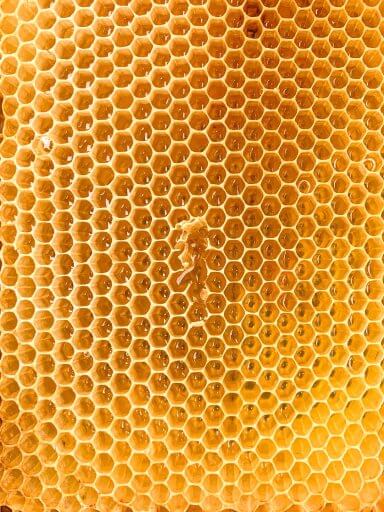Head down the aisles at your local grocery store, and you’ll see rows upon rows of honey – but does that mean you’re getting the genuine honey experience?
Many casual honey consumers don’t understand there is a difference between raw and regular honey, and that if they settle for regular honey, they might not even realize they’re losing out on a whole world of interesting flavors – not to mention critical nutrition!
Raw honey offers a saccharine tribute to the hive it comes from; every spoonful is different, and each bottle has its own unique attributes. But what exactly is the difference between raw and regular honey? Let’s discuss the positives and negatives of both.
The extractor factor
Before getting into the difference between the two and how they’re made, let’s discuss the importance of a honey extractor: no beekeeper can safely remove their honey from the hive without it.
A honey extractor helps extract the honey from the honeycomb without causing damage to the comb. This is important so your bees can reuse the comb. Honey extractors use centrifugal force; a frame basket flings the honey into a drum or container while spinning, and that’s how you get natural honey.
For beekeepers who love raw honey, Dadant & Sons has the perfect extractor – so simple and easy!
2-Frame Hand Extractor with Removeable Legs
How is honey made?
All honey, whether raw or regular, is harvested from a honey beehive. Frames are removed from their hive and replaced with a honey extractor. The extractor then quickly rotates the frames, which releases honey to drop to the bottom. Beekeepers remove debris, like pieces of honeycomb and wax, by filtering the honey. This process creates raw honey in its natural state.
To create regular honey, the raw honey goes through a process of pasteurization. This calls for heating the honey until the temperature is high enough to obliterate microorganisms inside it. The process of pasteurization strips the honey of its unique appearance and gives it a uniform look.
Unfortunately, the process of creating regular honey means it no longer looks and tastes as special and unique as raw honey.
The Health Benefits of Raw Honey
Though pasteurization kills bacteria, and thus allows for longer storage, regular honey loses a variety of healthy properties and beneficial nutrients when it goes through the process.
Since raw honey contains bits of pollen, it has all the benefits of:
- Anti-inflammatory and antibacterial properties
- Enzymes
- Antioxidants
- Vitamins
Raw honey that comes straight from the hive is the way to go if you want nutrients and a robust, natural taste.
What is the Difference in Taste?
Every container of raw honey includes its own interesting flavor, texture, and color. This is due to the pollen that resides in raw honey. Sometimes, raw honey even contains the flavor of the flowers the honey bees scavenged from while creating the honey of that season.
For instance, hives that mainly pollinate strawberry plants will produce honey with subtle hints of strawberry. The honey loses that special touch when the pollen is removed during pasteurization.
Though raw honey is more difficult and expensive to acquire, bee lovers, experts, and honey fanatics agree that it is the higher-level choice due to its unique, variable taste and overall health benefits.
Contact Dadant & Sons, Your Local Beekeeping Experts, With Any Questions About Raw and Regular Honey!
Now that you’ve learned a bit about the difference between raw and regular honey, head on over to our shop to see what kind of honey harvesting tools we have to offer.
As always, we would love to hear from you at Dadant & Sons – whether you have questions, comments, or concerns, feel free to contact us any time you need – that’s why we are here!


